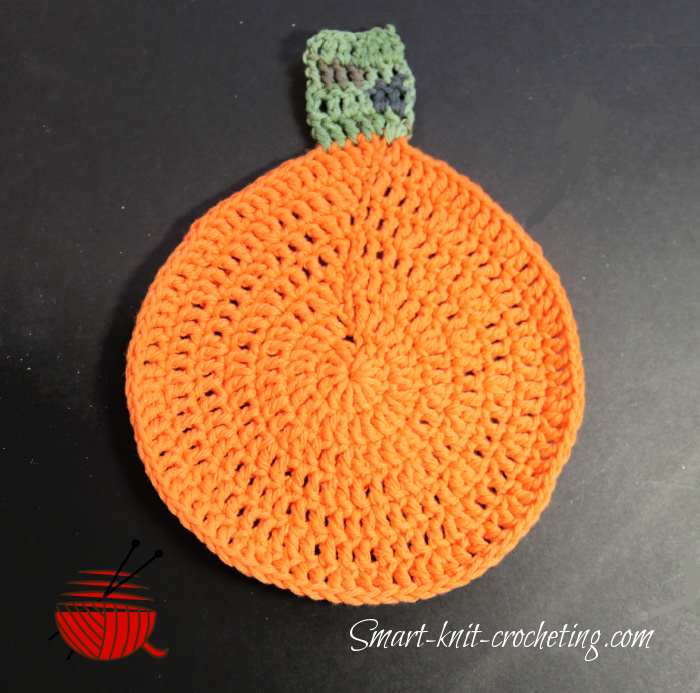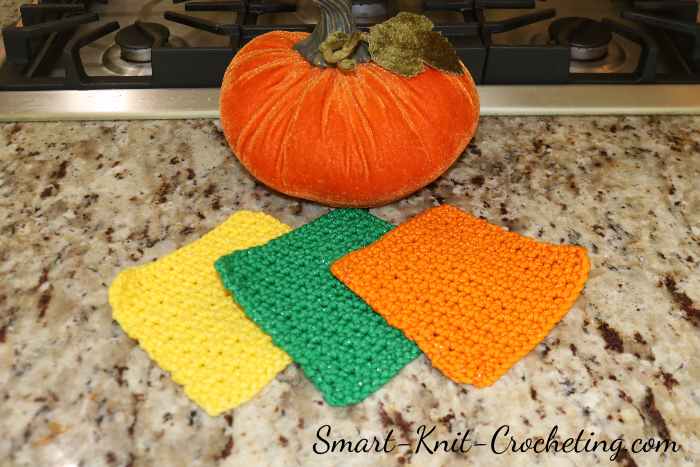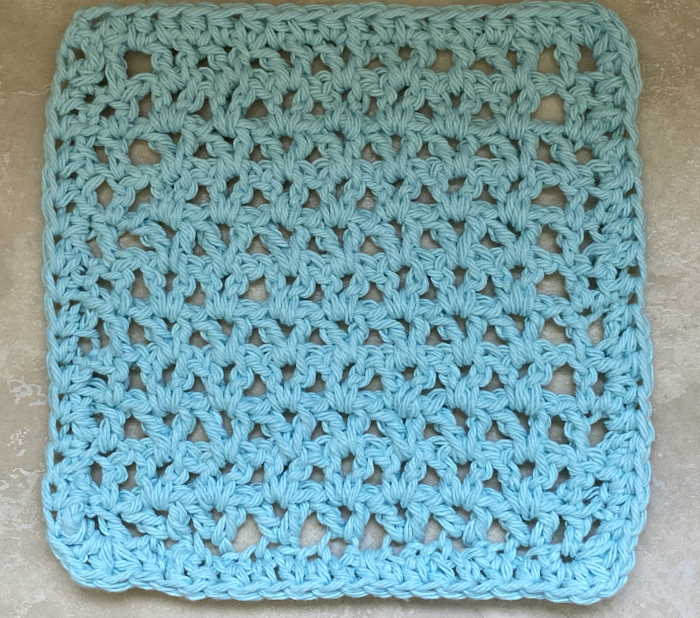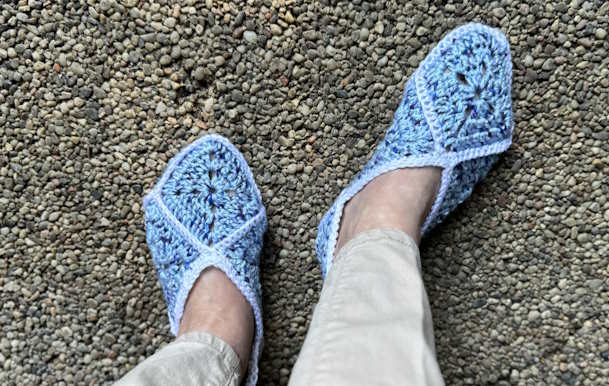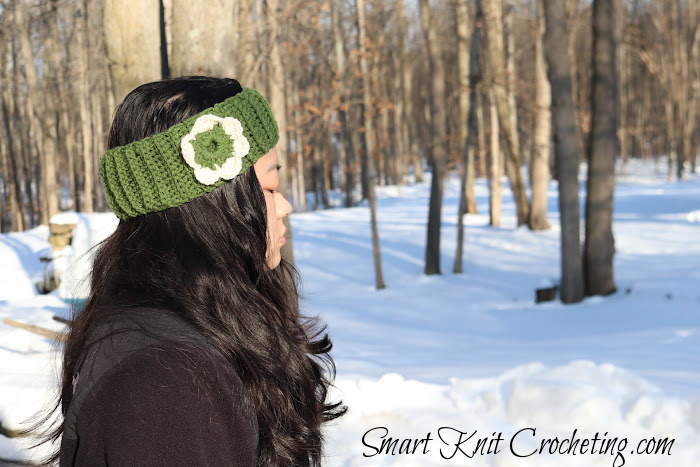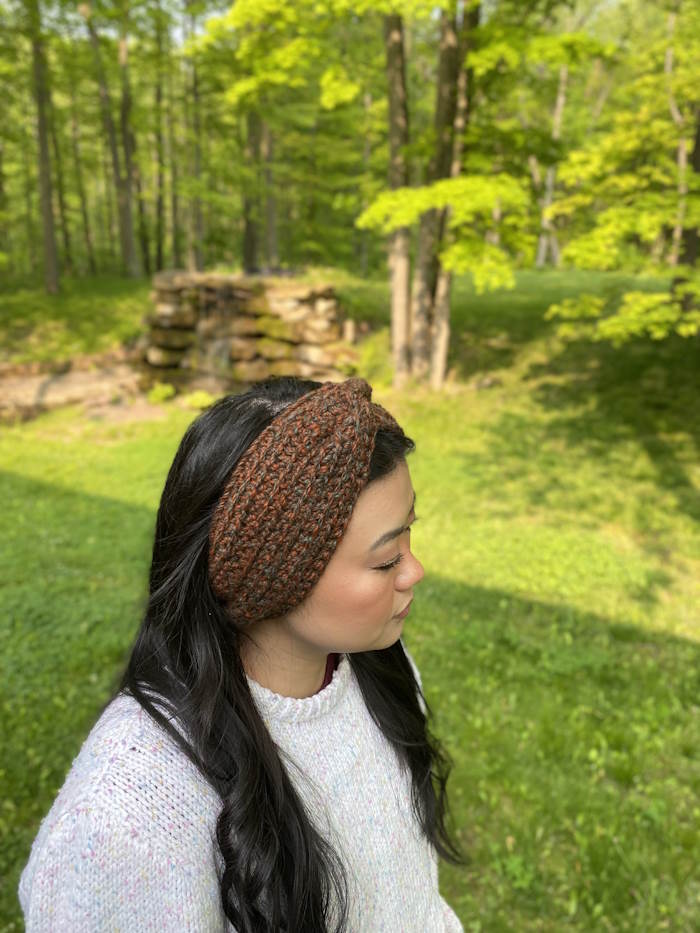- Home
- Easy Beginner Crochet Patterns
Free Easy Beginner Crochet Patterns For Those New to Crocheting
Easy Beginner Crochet Patterns by Janice Jones
Note: All of my patterns on this page are written in US Terms
Wondering what to make with those new skills you are learning? Here is a collection of what I believe are basic and beginner level projects. The Craft Yarn Council defines Basic projects as "Projects using basic stitches. May include basic increases and decreases"
This normally means the easy stitches such as the half double crochet. The next step up is the Easy Projects which include "simple stitch patterns, color work, and/or shaping."
An example of this would be a dishcloth made with Puff Stitches. But enough about those technicalities.
Easy Beginner Crochet Patterns
All of the patterns with links below are entirely free for you to make. They are copywrite protected so they cannot be published somewhere else without permission form this site.
Easy Crochet Toilet Paper Cover
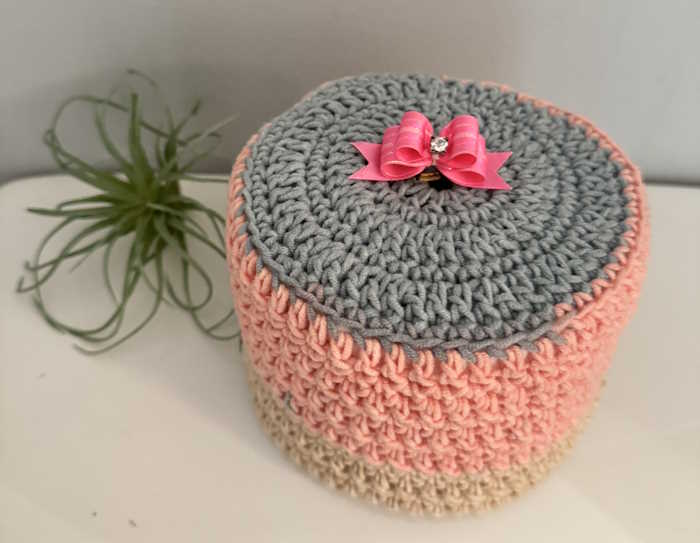
Need a little extra color pop for your bathroom? This quick beginner friendly pattern is not only pretty but very practical and works up very fast with just single and double crochet stitches.
Easy Crochet Toilet Paper Cover Pattern
Crochet Market Bag: Half Double Crochet Linked Ombre Bag
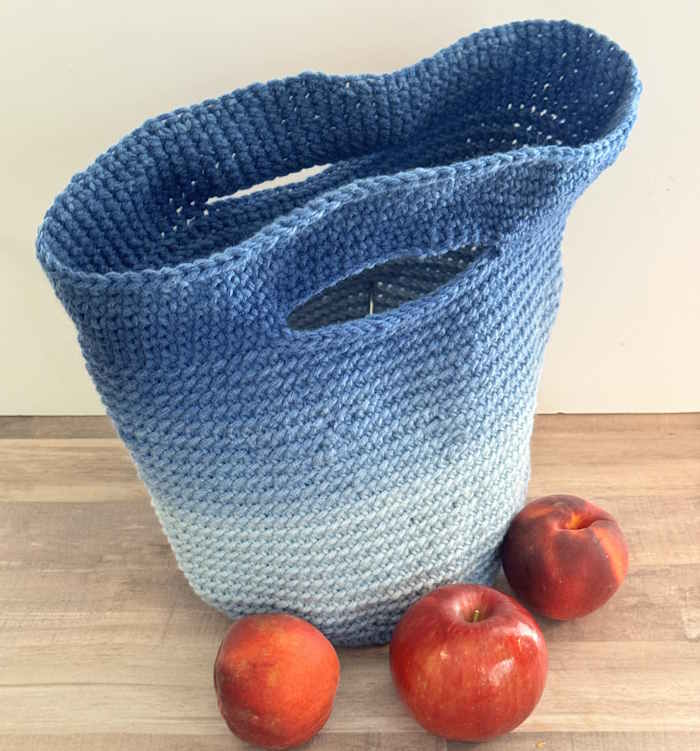
Crochet Market Bag with Ombre Yarn and Half Double Crochet Linked Stitch.
Jump right to the free market bag pattern.
Half Double Crochet Cluster Stitch Makeup Bag
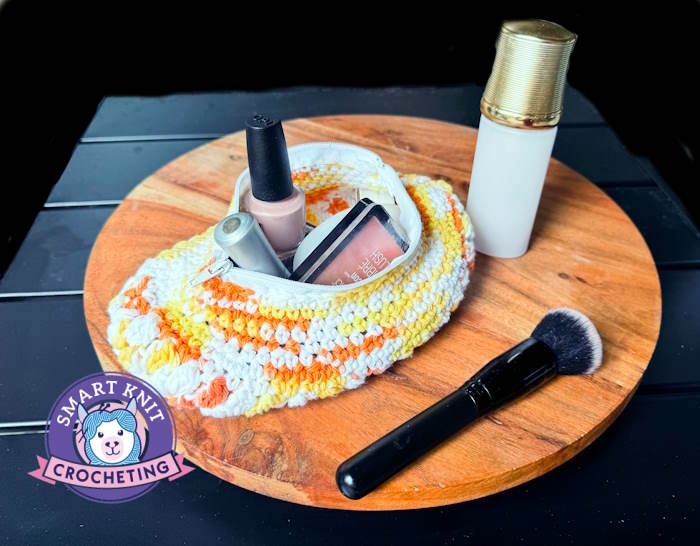
This is an easy project that has so many different uses: crochet hook tote, pencil case, candy bowl? You will need to know how to make the single crochet and the half-double crochet cluster stitch, that's all!
Half-double Crochet Cluster Stitch Make-up Bag
Crochet Suzette Stitch Pattern Tutorial and Facecloth
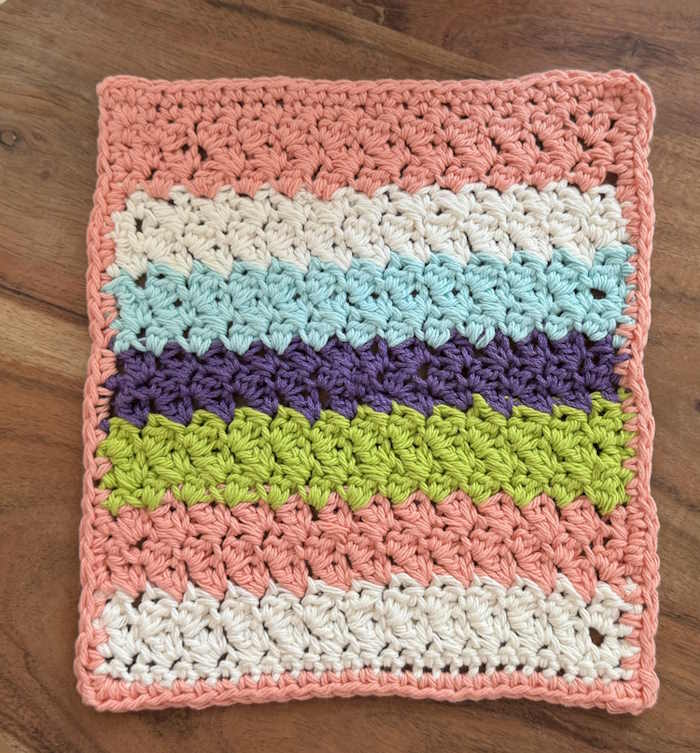
The suzette stitch is a beginner-friendly crochet pattern that requires one know only how to make the single, double, half double and chain stitch. Put your skills to work with this very useful easy facecloth or dishcloth.
Crochet Suzette stitch pattern dishcloth / facecloth
Crochet Home Decor Ideas: Room by Room Free Patterns
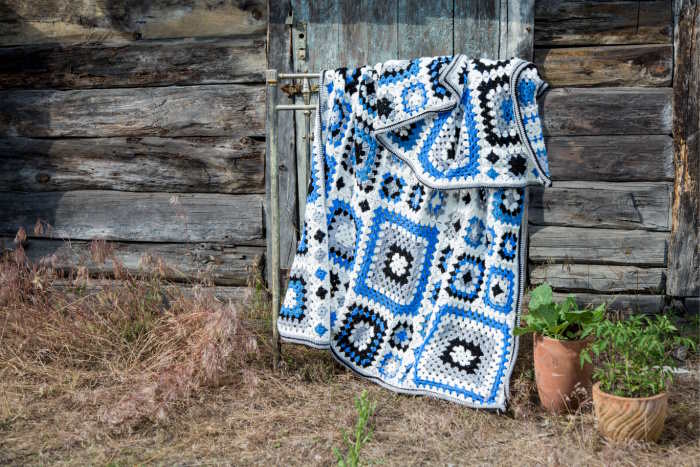
Need a little inspiration to spruce up your home? Here are some great ideas along with free patterns to get your creative juices moving. Each pattern is easy and beginner friendly and will add color, texture, and for some, a touch of whimsey to your home.
Crochet Drunken Granny Stitch Table Runner
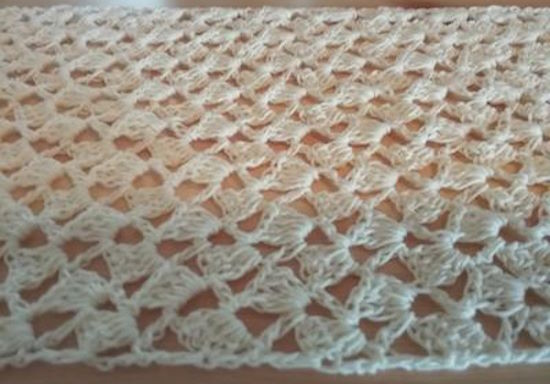
This is an easy crochet table runner that uses the Crochet Drunken Granny stitch pattern. If you can make chain stitches and double crochet stitches, you can make the crochet drunken granny stitch pattern. Put that knowledge to use and create a beautiful table runner that will look lovely on any type of dining table.
Crochet Drunken Granny Stitch Table Runner
Crochet Tote Bag Pattern Mesh Stitch

Whether you are headed to a farmer's market, the beach, or relaxing day at the park, this is the perfect bag to grab and run. If none of these activities catch your interest, turn it into a crochet or knitting project bag. This easy pattern is done entirely with single and double crochet and adds to your summer wardrobe.
Crochet Tote Bag Pattern, Mesh Stitch
Crochet Hatch Stitch Crossbody Bag
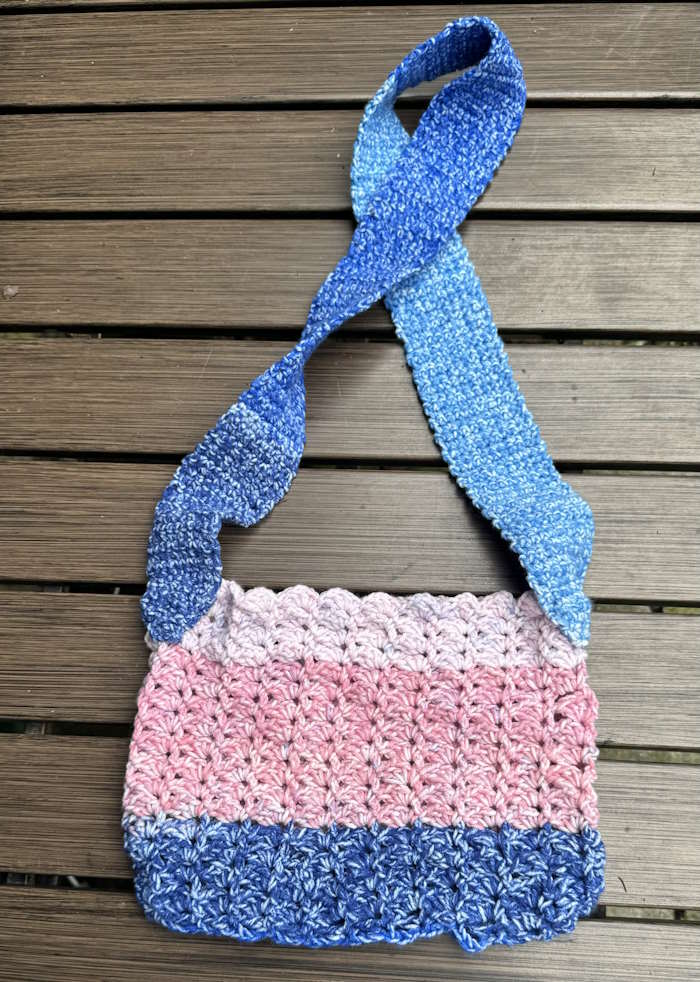
This bag is made using the Crochet Hatch Stitch which consists of just single crochet, chain stitches and double crochet stitches. Learn how to create the stitch pattern and then practice with the free pattern.
Crochet Hatch Stitch Crossbody Bag and Tutorial
Beginner-Friendly Granny Square Crochet Headband
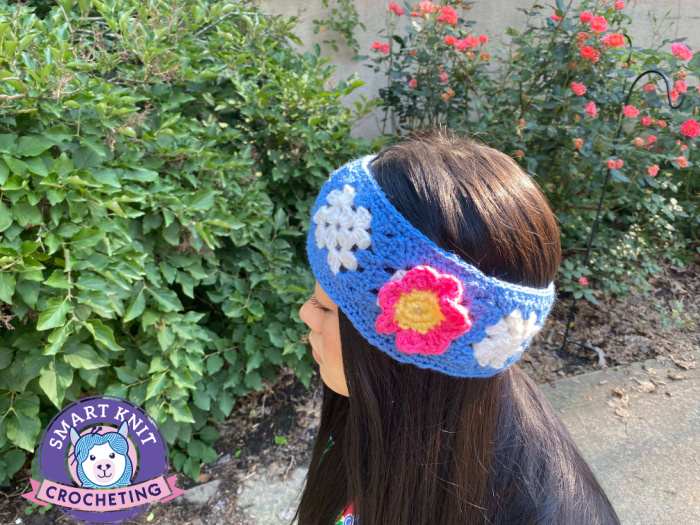
If you have mastered the basic granny square, or even if you haven't this is an easy pattern that works up fast. Choose between simple granny squares or embellish it with a crocheted flower.
Check out the Free Beginner Friendly Granny Square Crochet Headband
Library of Easy Crochet Purses and Bag Patterns from our Readers
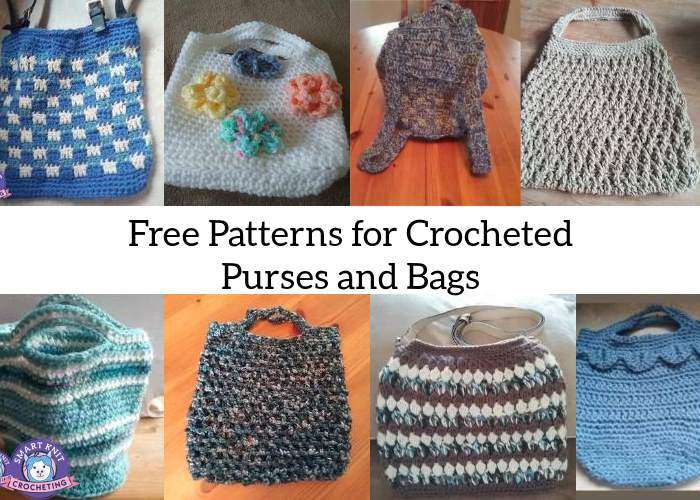
If you are looking to improve your crochet, learn a new stitch, or just crochet a bag or purse for a friend, this is the page to check out. It is a growing resources of free patterns that have been generously provided to Smart Knit Crocheting from our readers.
Check out Free Crochet Patterns for Bags and Purses
Easy Pumpkin Dishcloth
Perfect for a hostess gift or to make for yourself, this autumn inspired dishcloth can be used as a dishcloth or as a doily under a bouquet of Fall Flowers. All you need to know is the double crochet stitch (UK Treble Stitch) and slip stitch for this super easy project.
Easy Scrubbies for Fall Entertaining
These easy scrubby dishcloths are worked up in the Crochet Grit Stitch which is just a variation of the single crochet stitch. I love my set which launders easily and I haven't had to purchase any additional pads for scrubby my pots and pans.
Crochet V Stitch Wash Cloth
The Crochet V Stitch is a fun stitch to learn and works up quickly. It's made using chains and double crochet stitches and as with all washcloth projects, you have the option of making a border. Check out this easy beginner Crochet Pattern and practice that V stitch.
Springtime Crochet V Stitch Dishcloth
Easy Granny Square Slippers
This a retro pattern dating back to the 70s when Granny Square projects were all the rage. It's still as warm today as it was 50 years ago. If you have never made a Granny Square Project, check out these tips and tutorials.
Get the Free Crochet Slipper Pattern Here.
Crochet Shell Stitch Dishcloth
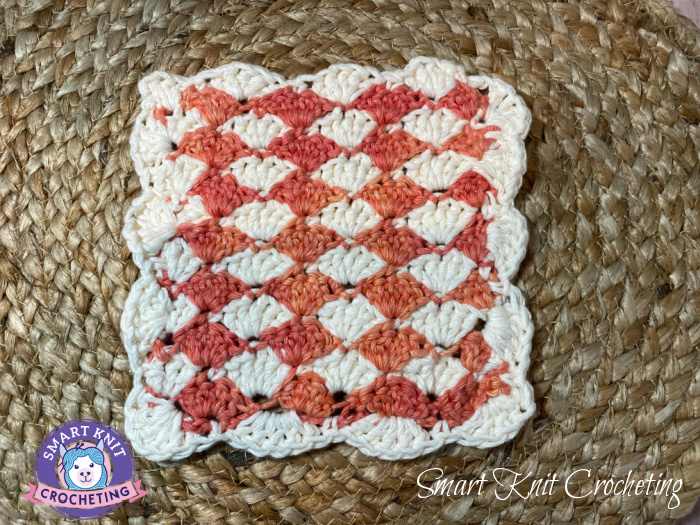
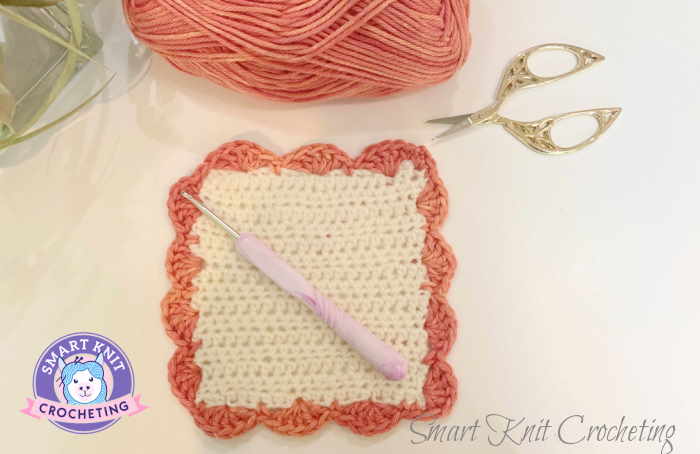
The Crochet Shell Stitch is also an easy beginner stitch that is just a variation of the double crochet. It has many uses as a stand alone stitch or as a scalloped border around another project. The instructions for making this stitch along with these two projects can all be found on the Crochet Shell Stitch Page.
Crochet Wattle Stitch Face Cloth
I believe that the fastest way to learn how to crochet is to practice, but it's not so much fun just making swatches that can't be used. This is a fast easy way to learn how to make the Wattle Stitch and give it a little extra interest by creating a picot edge. All the instructions for making the stitch and the project can be found on the Crochet Wattle Stitch page.
Easy Crochet Rib Stitch Headband
Here's another very easy beginner-friendly idea that will teach you how to make the crochet rib stitch and create a lovely wearable for those cold days. The tutorial for learning the crochet rib stitch and the directions for making the headband are all on the same page. If you can do the single crochet stitch, you can master this rib. Visit the Easy Crochet Rib Stitch Headband for the free pattern.
Easy Twisted Headband in 100% Alpaca Wool
This could be the softest headband you will every wear. It's created in 100% alpaca wool and is truly beginner friendly. It's a simple twisted half-double crochet headband that is so warm that it makes a great ear warmer in the cold winter months.
Find this free pattern here.
25 Easy Crochet Cowl Patterns

Here is a collection of 25 crochet cowl patterns you might love for your next project. Make one or all of them.
Crochet Heart Patterns

This collection of free crochet heart patterns will put a smile on your face as you prepare for Valentine's Day.
